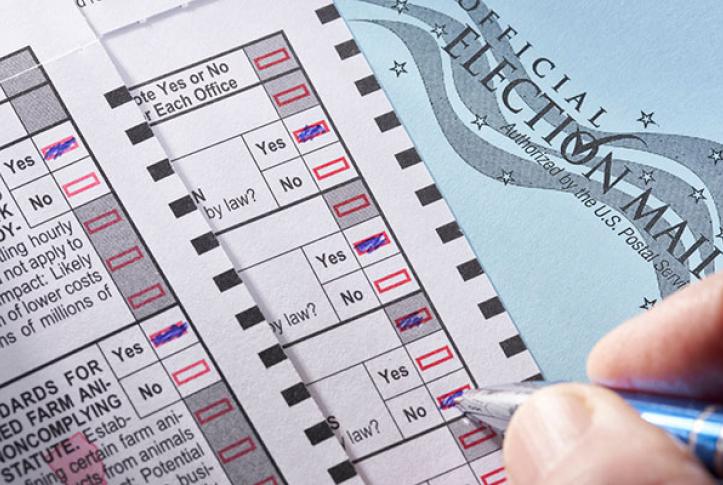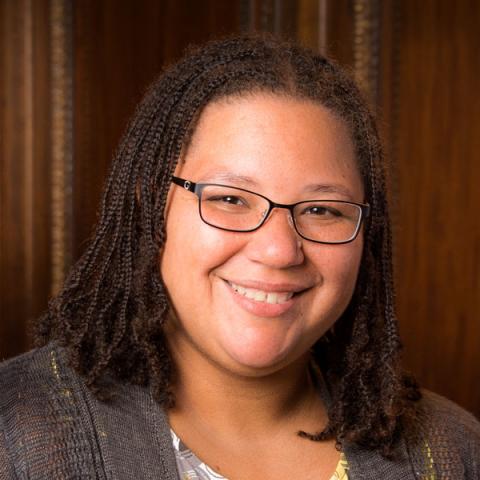Last fall, voters in three conservative states — Idaho, Nebraska, and Utah — approved ballot initiatives to expand eligibility for Medicaid. But passing Medicaid expansion at the ballot box doesn’t translate into immediately enrolling the newly eligible into coverage. Often the process includes reconciling legislative activity, executive branch priorities, and federal approval of waivers.
As many 2019 state legislative sessions draw to a close, we take another look at the status of the ballot states and the implications for residents, as well as other states looking to expand Medicaid.
Utah
With passage of Proposition 3, Utah was slated to increase Medicaid eligibility to 138 percent of the federal poverty level (FPL) (about $17,000 for an individual), with enrollment to start April 1. The measure included a state sales tax of 0.15 percent to pay the state’s share of expansion.
Almost immediately after the legislative session convened, efforts were under way to repeal the proposition and pass an alternative, partial expansion. The state legislature replaced the voter-approved full expansion with a partial expansion for people with incomes up to 100 percent of FPL (about $12,500 for an individual) along with a cap on federal funding, which is currently open ended.
To date, no state has been granted approval for enhanced federal funding for a partial expansion or caps on federal funding for Medicaid. If the Centers for Medicare and Medicaid Services (CMS) does not approve the waiver, the full expansion that was approved by Utah voters will proceed.
In the meantime, the state launched a bridge program on April 1, under which adults with incomes up to 100 percent of FPL are eligible for Medicaid. The state will pay a larger share of the cost for this newly eligible group than they would under full expansion (32% vs. 10%) and will cover up to 60,000 fewer people. Utah also has been approved to implement work requirements, with a planned start date of January 2020.
Idaho
Idahoans voted overwhelmingly (61%) to pass Proposition 2, which increased Medicaid eligibility to people with incomes up to 138 percent of FPL. Early in the legislative session, lawmakers introduced bills to modify the voter-approved expansion. Legislative activity paused after federal court rulings prevented the enforcement and implementation of work requirements in Arkansas and Kentucky. But in the last weeks of the session, a bill adding a work requirement was approved. Legislators added a contingency. If the two-month “lock-out” provision — under which beneficiaries are locked out of coverage for failing to comply with the work requirements and unable to reapply for two months — is deemed illegal, these adults would be subject to increased cost-sharing instead. They would be responsible for the maximum allowable copayment for up to six months.
The law also directs the state to seek a waiver allowing adults with incomes just above the poverty level and who would otherwise be eligible for the Medicaid expansion, to be allowed to stay on private insurance obtained through the state-based marketplace with full federal subsidies. If approved, these individuals would remain in marketplace plans unless they opted to enroll in Medicaid. CMS has not previously allowed this type of arrangement. The new law sets an expansion enrollment launch date of January 1, 2020, regardless of the status of any waiver applications.
Nebraska
Passage of Initiative 427 put Nebraska on track to cover 94,000 residents. Nebraska legislators approved a budget with funds to cover the state’s share of expansion for the first nine months. There was no legislation introduced to add restrictions to the expansion. Bills to generate new revenue to cover some of the state’s share and to create an oversight task force were introduced but are unlikely to advance this session.
Enrollment is not set to begin until October 2020 because of changes developed by the Nebraska Department of Health and Human Services. The proposed plan requires a waiver from CMS to allow tiered coverage (basic and prime) for expansion enrollees. Prime coverage will include additional benefits (e.g., vision and dental) for beneficiaries meeting a work requirement. Both tiers appear to provide less coverage than the current Nebraska Medicaid program and could triple administrative costs.
Montana
Montana passed its Medicaid expansion law in 2015, with a sunset provision that ends the expansion on June 30, 2019. Since enrollment began in 2016, some 96,000 adults have been covered under the expansion. Despite early measures of success and bipartisan support, a 2018 ballot initiative adding a tax on tobacco products to ensure continuation of the expanded Medicaid program narrowly failed.
After much debate, the Montana legislature passed a law to extend the Medicaid expansion to 2025 and added a work requirement. The law also increases premiums for individuals who remain enrolled after two years. Beneficiaries with income above the poverty level (100% to 138% of FPL) may lose their coverage if they do not pay premiums.
A study supported by the Commonwealth Fund finds mandatory work requirements, like the ones adopted by the legislature, are less effective than voluntary programs such as Montana’s HELP-Link, a voluntary program launched in 2016. HELP-Link connected 22,000 people to employment services with 91 percent of people completing the program finding employment.
Maine
Maine was the first state to use the ballot initiative process for Medicaid expansion. In 2017, a majority of Maine voters (59%) approved a ballot measure to expand the program, extending coverage to an additional 70,000 people. Then-governor Paul LePage refused to implement the expansion and a lengthy legal fight ensued, ending when a judge ordered the state to adopt rules for Medicaid expansion by December 5, 2018.
The 2018 election brought new leadership. Immediately upon taking office, Governor Janet Mills issued an executive order directing the Department of Health and Human Services to implement the expansion. CMS approved the state’s expansion plan in April, making matching funds retroactively available to the state. As of May 31, 23,600 people have enrolled in the expanded Medicaid program.
Conclusion
Ballot initiatives to expand Medicaid have largely succeeded because of wide support from the public and the recognition that with the federal government picking up 90 percent of the cost, it’s a good deal for states. But pursuing expansion in this way is not without challenges. Of 14 states that have yet to expand, eight do not allow voter initiatives or popular referenda. Another — Florida — adopted legislation making it more complicated and expensive to collect signatures, despite already having one of the highest thresholds for approval of ballot initiatives.
There are also political challenges. Often the ballot process is pursued when the legislative makeup and gubernatorial leadership of a state do not support expansion. Looking to a reluctant legislature or executive branch to allocate funds and implement a program they oppose can be difficult, as evidenced by the states discussed here.
Nevertheless, as demand for affordable health care grows and policymakers weigh their options, we expect to see states look to their peers for insight and best practices on how to achieve their goals. One thing is clear: policy change is best advanced and sustained when there is widespread support for health reforms among stakeholders, policymakers, and the public. While ballot initiatives have been, and will likely continue to be, an important vehicle for advancing policy change, the road from passage to implementation can be long, winding, and not without challenges.





